Home>Ideas and Tips>Tips For Starting A Compost Pile In Your Backyard
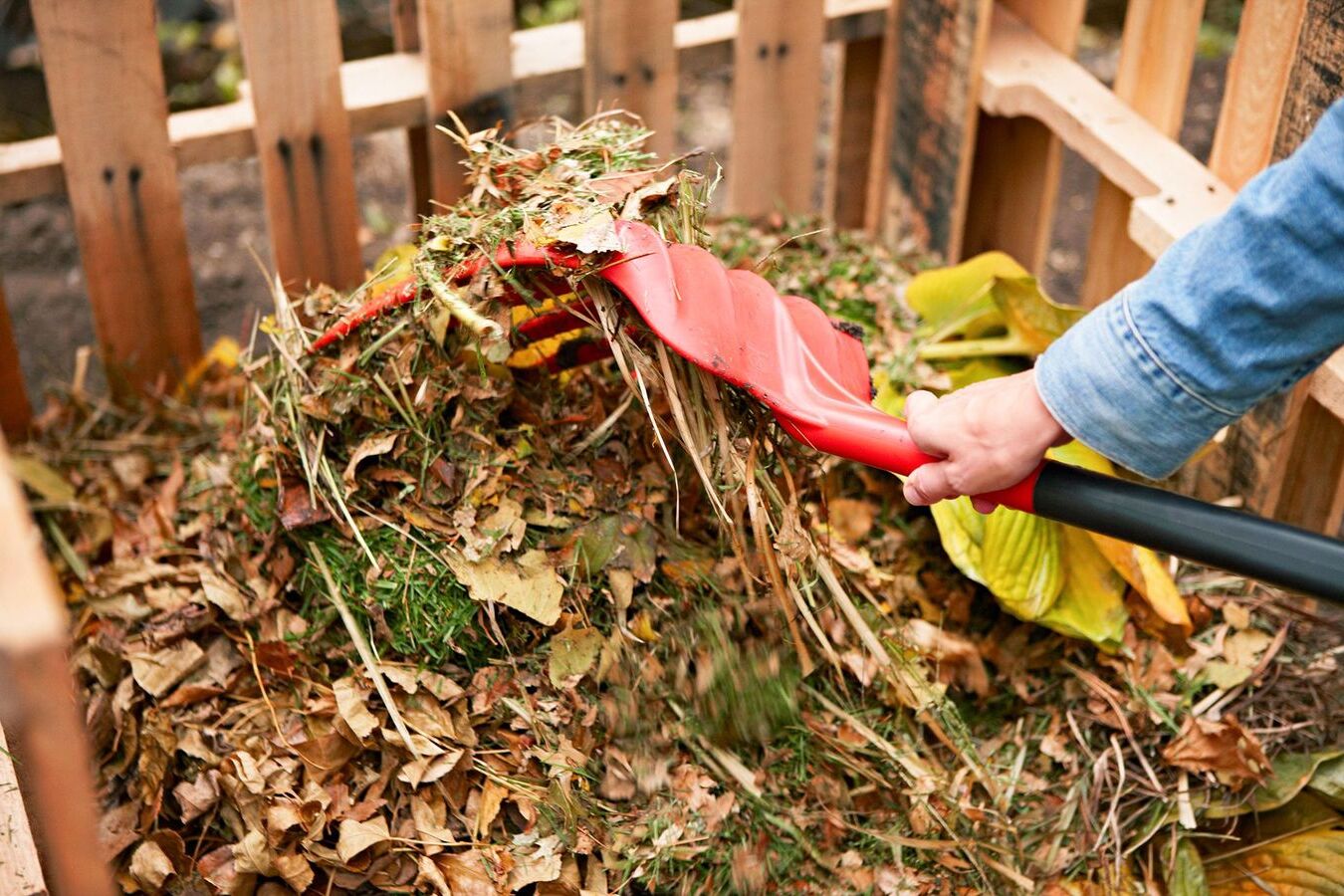

Ideas and Tips
Tips For Starting A Compost Pile In Your Backyard
Published: November 3, 2024
Learn how to start a compost pile in your backyard with these tips. Reduce waste and create nutrient-rich soil for your garden.
(Many of the links in this article redirect to a specific reviewed product. Your purchase of these products through affiliate links helps to generate commission for Storables.com, at no extra cost. Learn more)
Starting a compost pile in your backyard is an excellent way to reduce waste, create a natural fertilizer for your garden, and contribute to a more sustainable lifestyle. Composting is a simple process that involves breaking down organic materials into a nutrient-rich soil amendment. In this article, we will guide you through the steps of building and maintaining a compost pile, addressing common issues, and providing tips for optimal results.
Understanding the Basics of Composting
Composting requires four essential elements: carbon-rich materials (browns), nitrogen-rich materials (greens), water, and oxygen. These elements work together to create an aerobic decomposition process where microorganisms break down organic matter into a valuable soil amendment.
Carbon-Rich Materials (Browns)
Carbon-rich materials are dry and brittle. Examples include:
- Dry leaves
- Shredded paper (non-glossy, uncolored)
- Shredded cardboard (no wax coating, tape, or glue)
- Untreated wood chips
- Straw
- Hay
These materials help balance the nitrogen-rich materials and provide structure to the compost pile.
Nitrogen-Rich Materials (Greens)
Nitrogen-rich materials are typically moist and contain a higher ratio of nitrogen to carbon. Examples include:
- Fruit and vegetable scraps
- Grass clippings
- Coffee grounds and paper filters
- Paper tea bags (no staples)
- Eggshells (crushed)
These materials provide the necessary nitrogen for microbial activity.
Water
Water is essential for sustaining microbial life in the compost pile. The ideal moisture level is similar to a wrung-out sponge. Too little water can slow down decomposition, while too much can lead to anaerobic conditions and unpleasant odors.
Oxygen
Oxygen maintains aerobic conditions in the compost pile. Adequate airflow ensures that microorganisms can thrive, breaking down organic matter efficiently.
Choosing the Right Location for Your Compost Pile
Selecting the right location for your compost pile is crucial for its success. Here are some factors to consider:
- Accessibility: Choose a location that is easily accessible year-round. This will make it easier to turn and maintain your compost pile.
- Drainage: Ensure that the area has good drainage to prevent waterlogging. A slight incline or raised platform can help with this.
- Shade: While compost piles can break down in both sun and shade, shade can help keep the pile from drying out too quickly.
- Proximity to Water Source: Having a nearby water source makes it easier to maintain the right moisture levels in your compost pile.
Building Your Compost Pile
Building a compost pile involves layering carbon-rich materials (browns) and nitrogen-rich materials (greens) in a specific pattern to ensure optimal decomposition.
Step-by-Step Guide to Building Your Compost Pile
-
Prepare Your Ingredients:
- Collect and store your browns and greens separately.
- Chop and break up the materials into smaller pieces to increase their surface area.
-
Create the Base Layer:
- Start with a four- to six-inch layer of bulky browns like twigs and wood chips. This layer absorbs excess liquids, elevates the pile, and allows air to circulate at the base of the pile.
-
Add Green Layers:
- Create a thick nest of green waste in the center of the nest.
- Add another layer of browns so that no food is showing.
-
Alternate Brown and Green Layers:
- Continue alternating brown and green layers as compostables are generated and added to the pile.
- Brown layers should be two or three times thicker than green layers.
-
Add Moisture:
- If your brown layer is dry, add some water to make it moist but not pooling or running off.
-
Monitor Temperature:
- Place a thermometer in the center of the pile. Within 3-5 days, you should see the temperature begin to rise. When it reaches 100-120 degrees Fahrenheit, it’s time to turn your compost.
Maintaining Your Compost Pile
Maintaining your compost pile is crucial for its success. Here are some tips:
Turning and Mixing
-
Turn Your Pile Regularly:
- Use a garden fork to turn the outside of the pile inward every 7-10 days. This helps speed up decomposition and aerate the pile.
-
Check Moisture Levels:
- Ensure your combined materials have the consistency of a wrung-out sponge. If it’s too dry, add more water; if it’s too wet, add more browns.
-
Monitor Odors:
- If your pile has a bad odor, it may be too wet or need more air circulation. Add more browns and turn the pile.
-
Check Temperature:
- High temperatures help reduce pathogens and weed seeds. If your pile isn’t heating up, mix in greens and turn it.
Troubleshooting Common Issues
-
Not Heating Up:
- Add greens or larger volumes of browns and greens.
-
Too Dry:
- Add greens or water.
-
Too Wet:
- Add browns or decrease greens.
-
Foul Odors:
- Add more browns.
-
Flies and Other Pests:
- Add more browns so that no food is showing.
Harvesting Your Finished Compost
When your compost pile is no longer heating up after mixing, and there are no visible food scraps, allow it to cure for at least four weeks. You can relocate the oldest compost at the bottom of the pile to a separate area to cure or stop adding materials to your pile.
After curing, your pile will shrink to about one-third of its original size. This finished compost can be used as a natural fertilizer for your garden, improving soil structure and fertility.
Additional Tips for Optimal Results
-
Diversity in Size and Shape:
- Aim for a diversity in size and shape when preparing food scraps to increase their surface area.
-
Avoid Anaerobic Conditions:
- Avoid sealing containers that hold food scraps as this creates anaerobic conditions which can lead to foul odors.
-
Use Compost Bin:
- Consider using a compost bin made from materials like wire fencing, wood pallets, cinder blocks, drums, or trash cans.
-
Regular Maintenance:
- Regularly check your pile's moisture levels, temperature, and odor to ensure optimal decomposition.
-
Composting Cheat Sheet:
- Keep a cheat sheet handy with common issues and solutions to help troubleshoot any problems that arise during the composting process.
Conclusion
Starting a compost pile in your backyard is an easy and rewarding process that not only reduces waste but also creates a valuable resource for your garden. By following these tips and understanding the basics of composting, you can create a thriving compost pile that will provide you with nutrient-rich soil amendments for years to come.
Remember to maintain your pile regularly by turning it, checking moisture levels, and ensuring adequate airflow. With patience and proper maintenance, you'll be enjoying the benefits of homemade compost in no time
Was this page helpful?
At Storables.com, we guarantee accurate and reliable information. Our content, validated by Expert Board Contributors, is crafted following stringent Editorial Policies. We're committed to providing you with well-researched, expert-backed insights for all your informational needs.
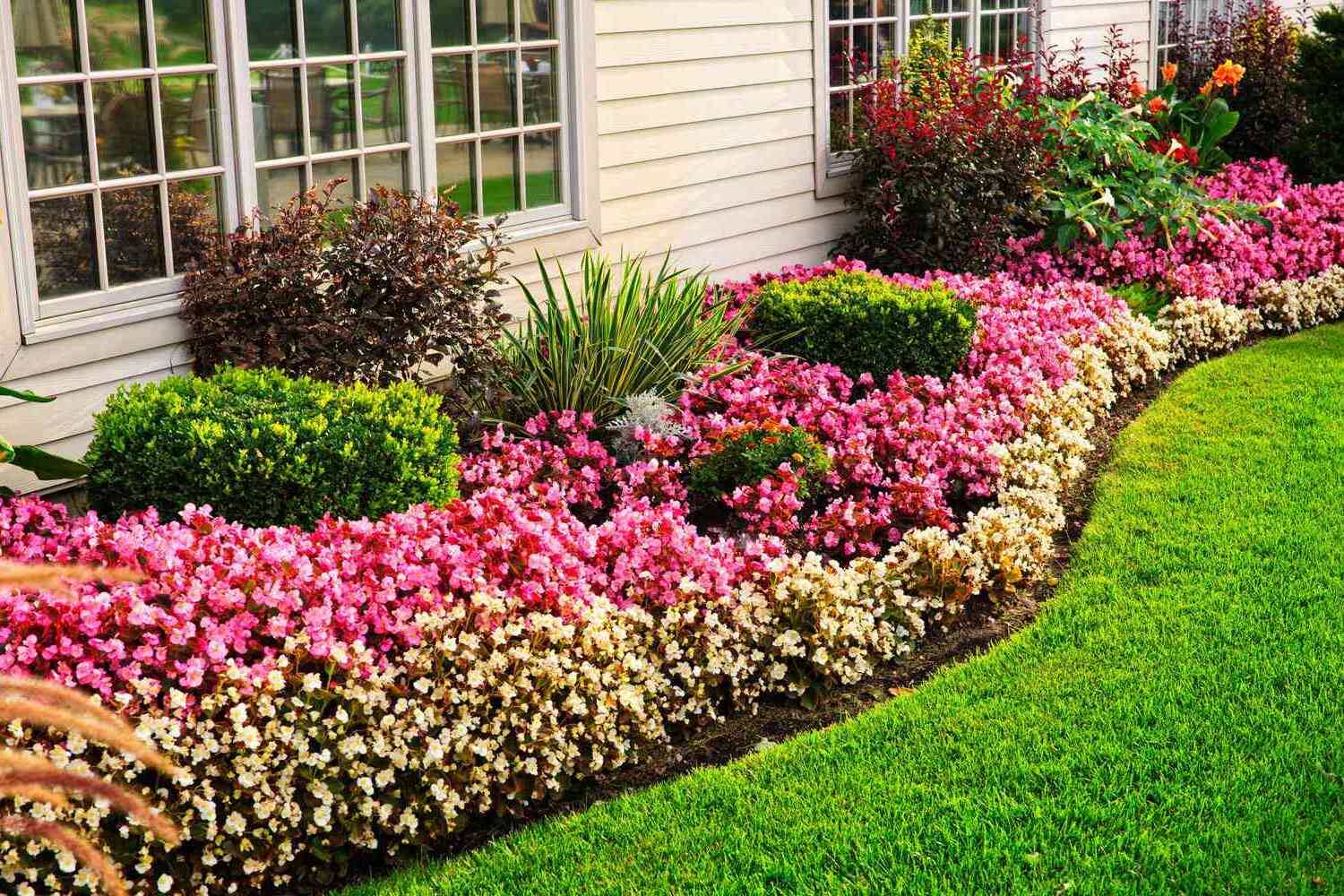
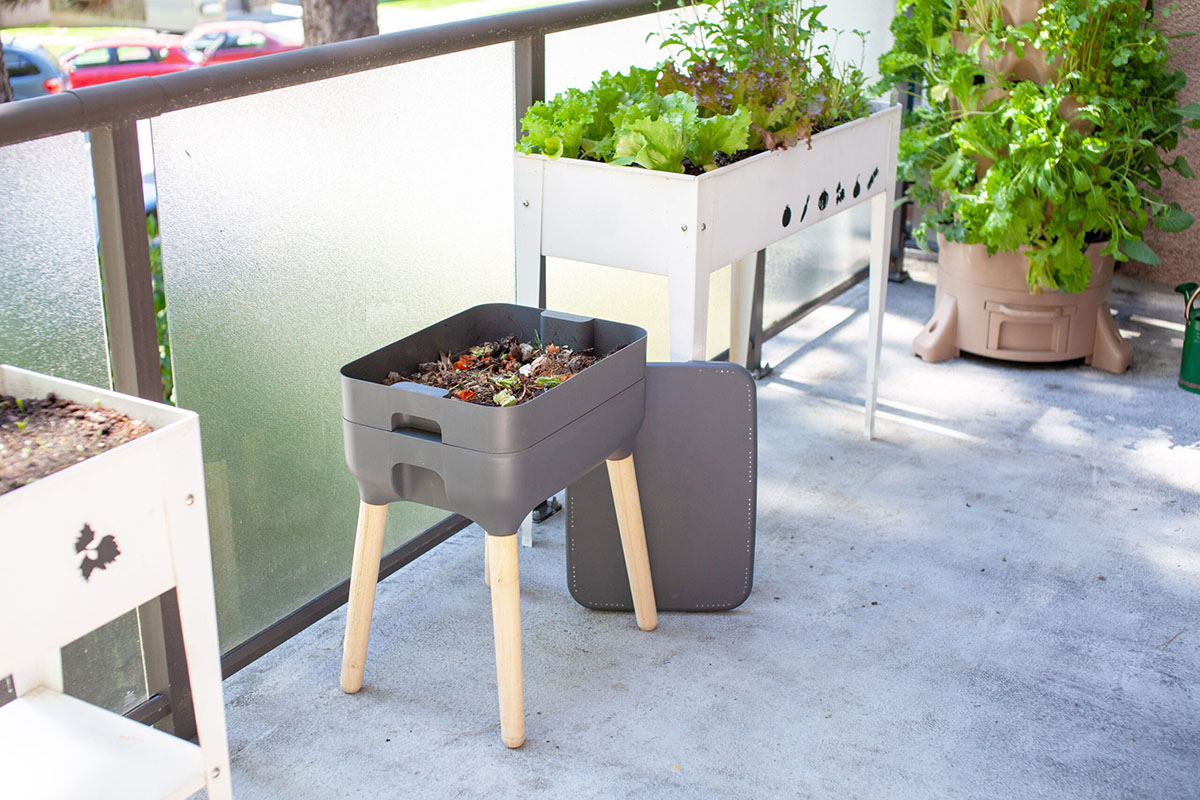
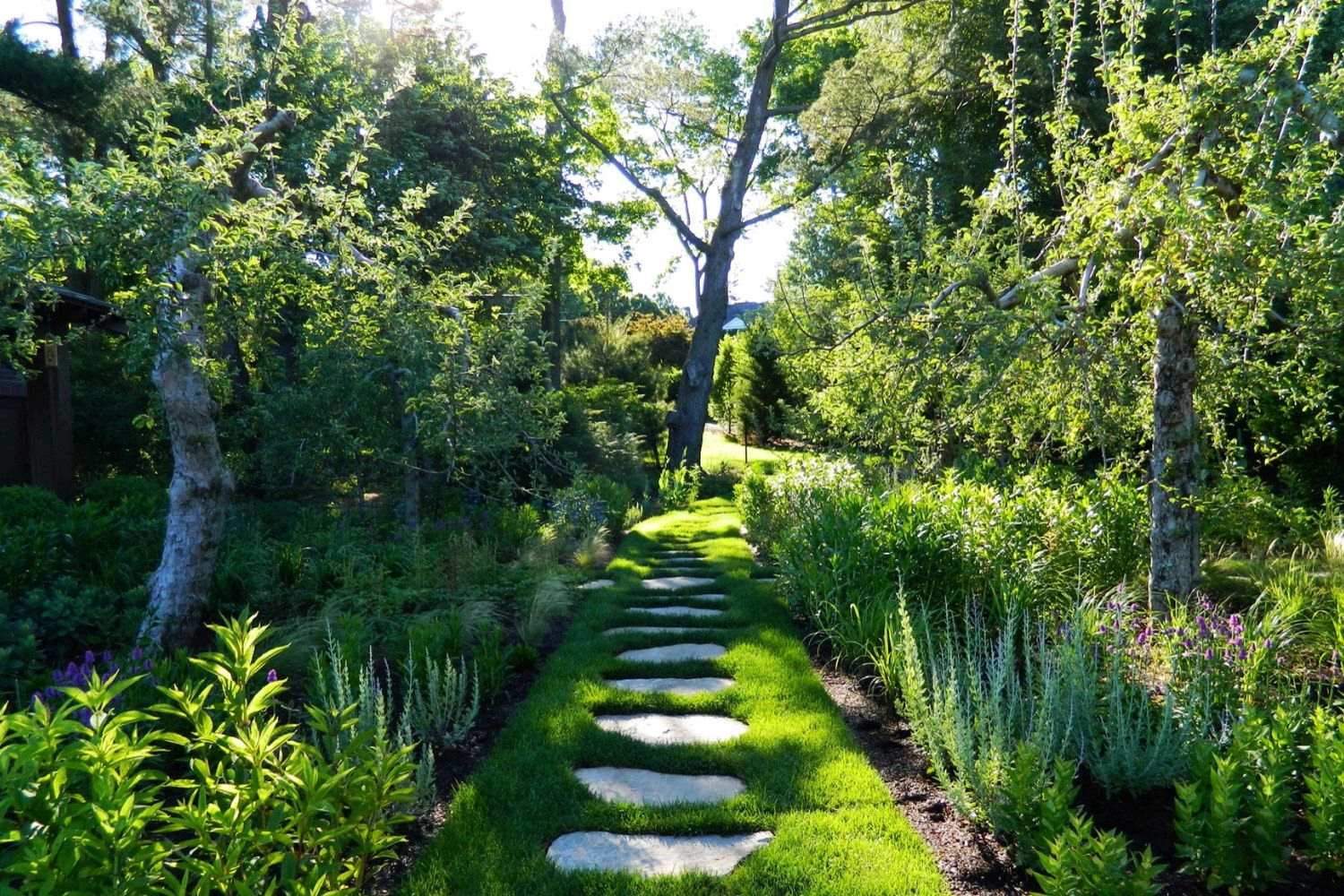

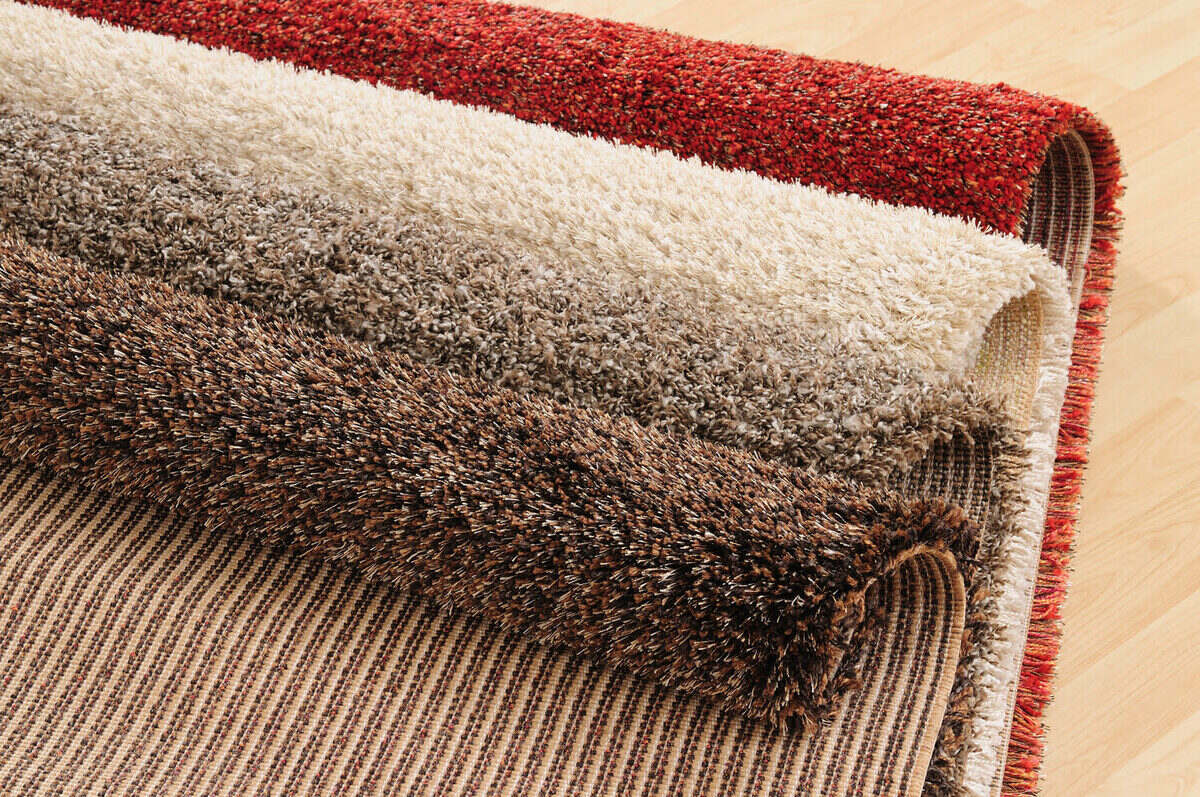
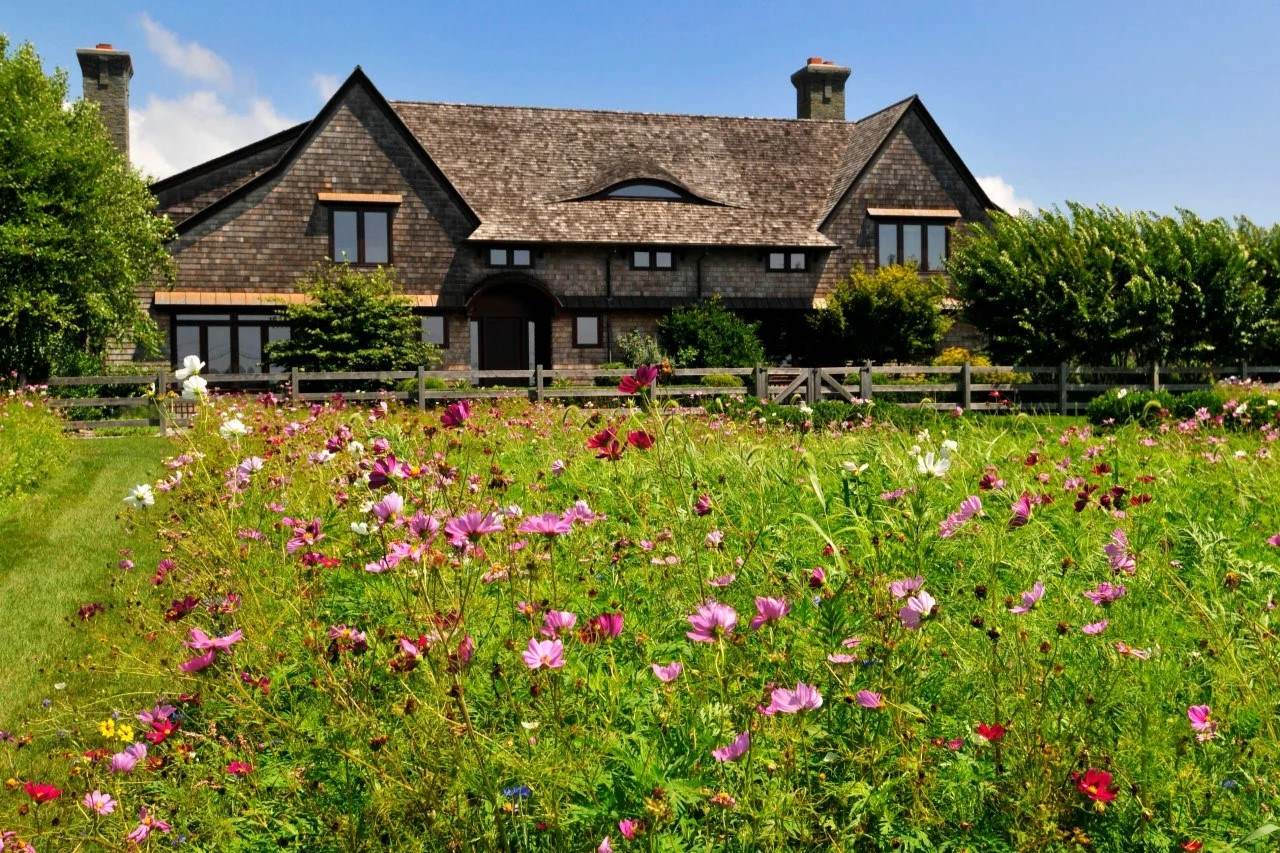
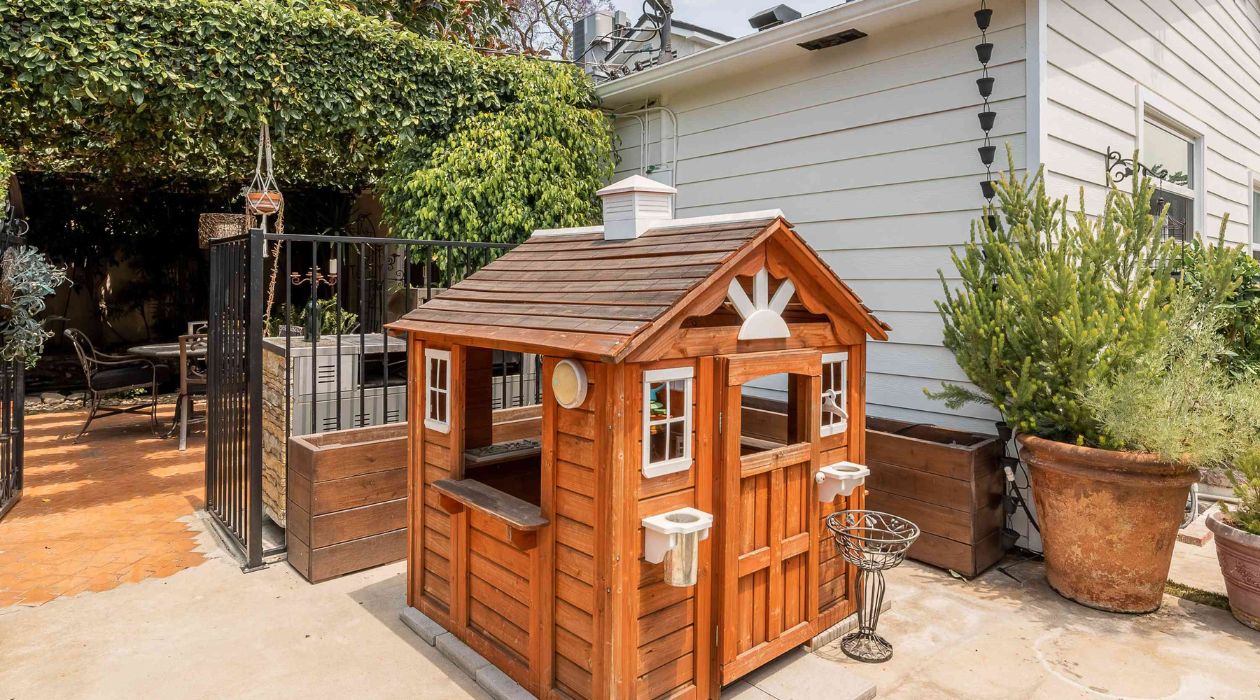

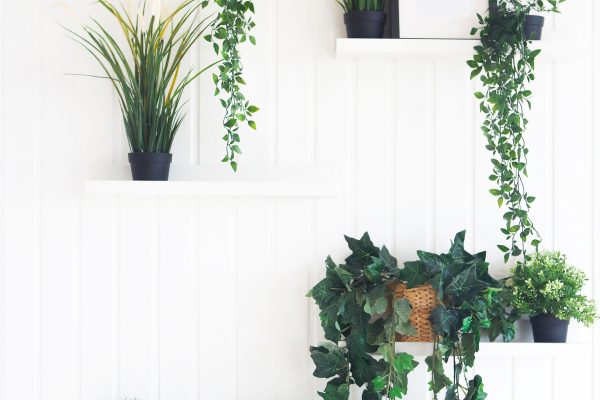
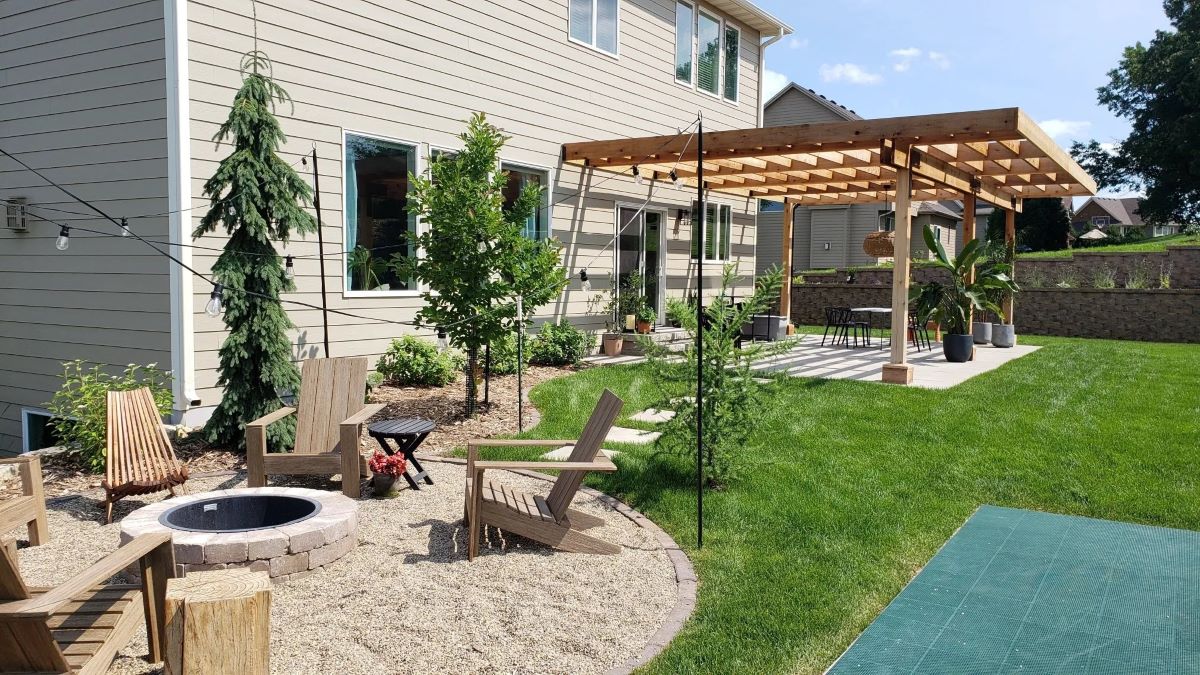
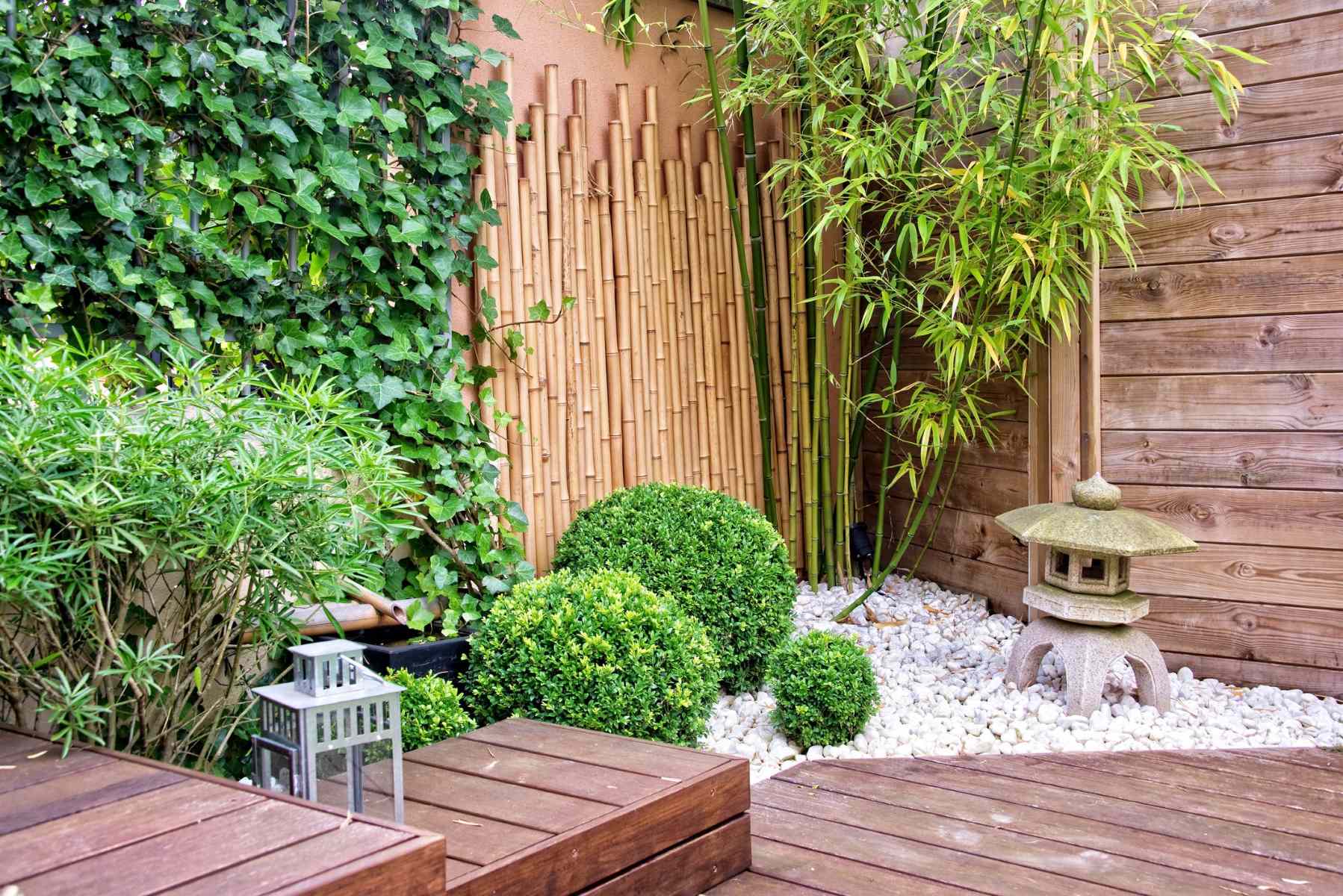
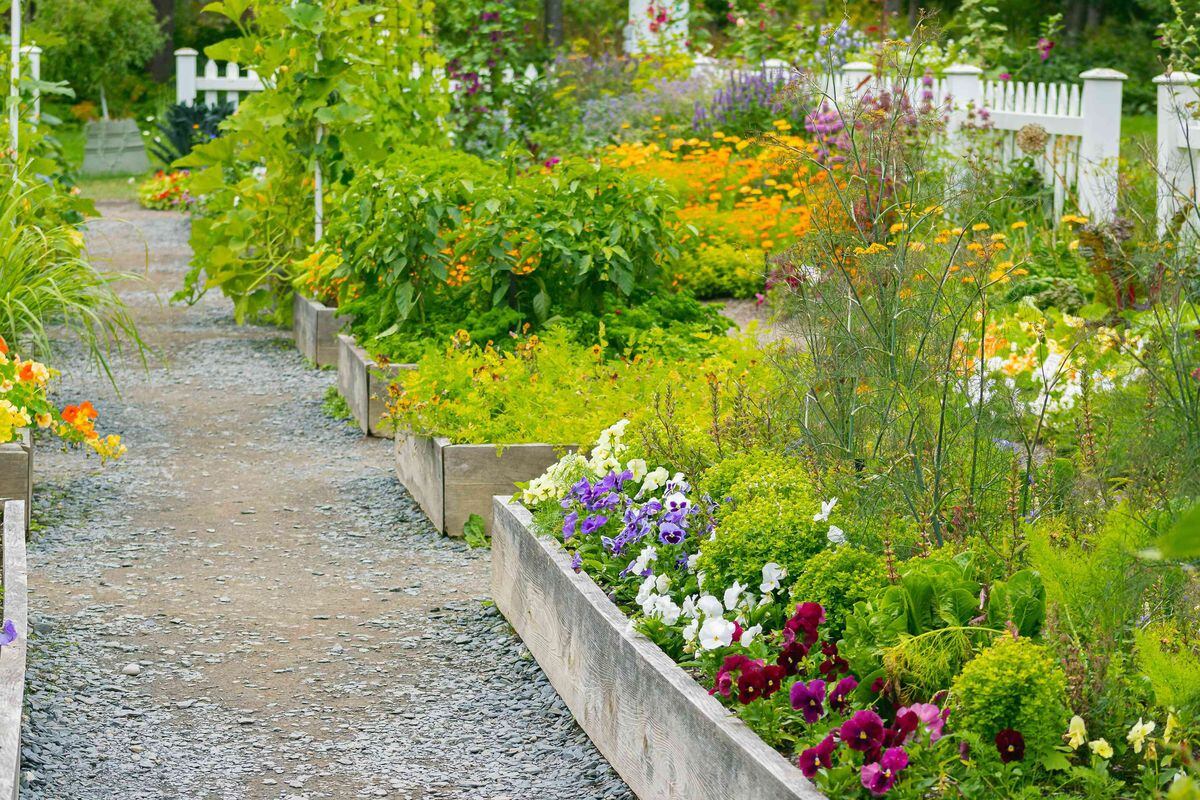

0 thoughts on “Tips For Starting A Compost Pile In Your Backyard”